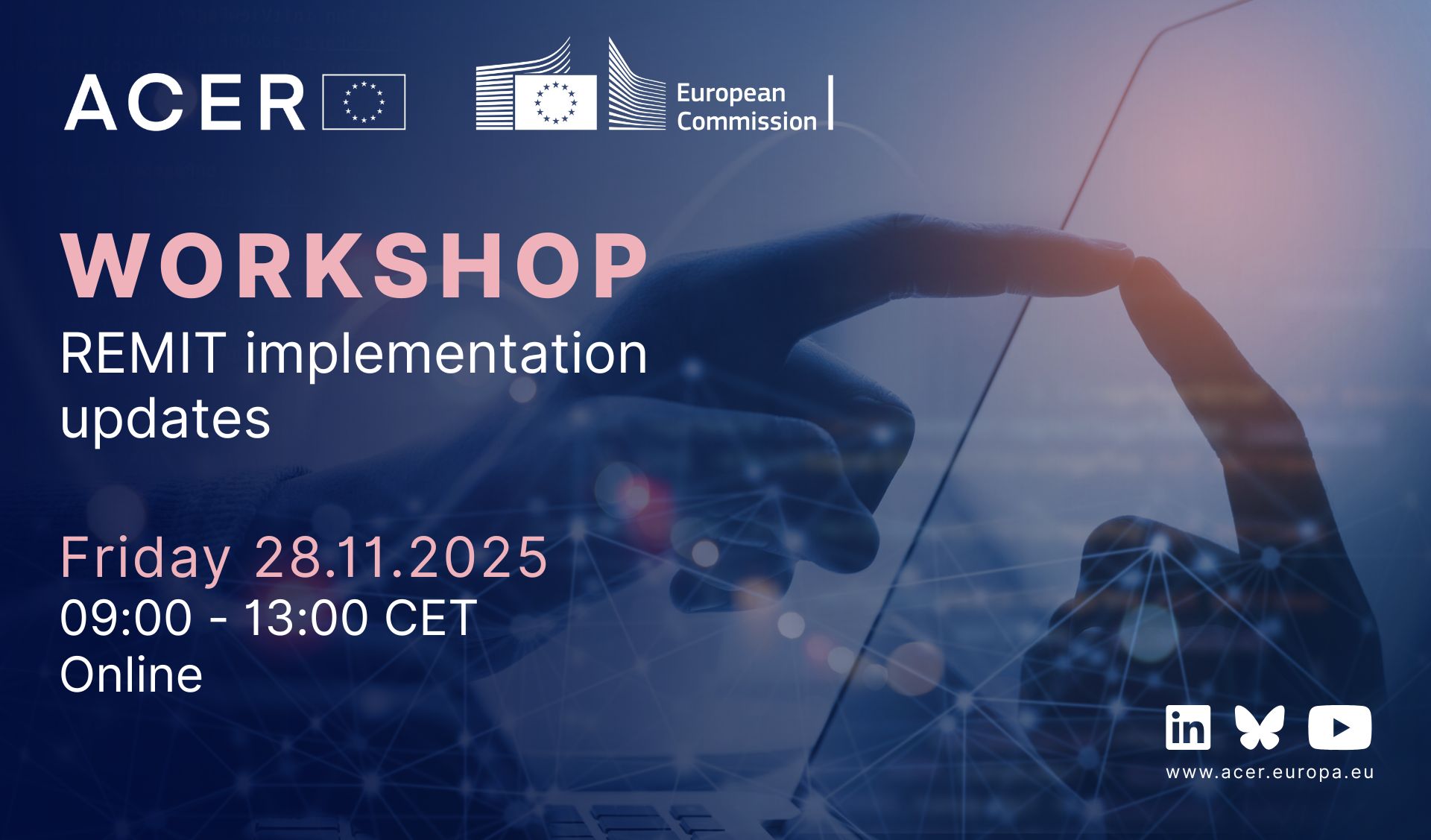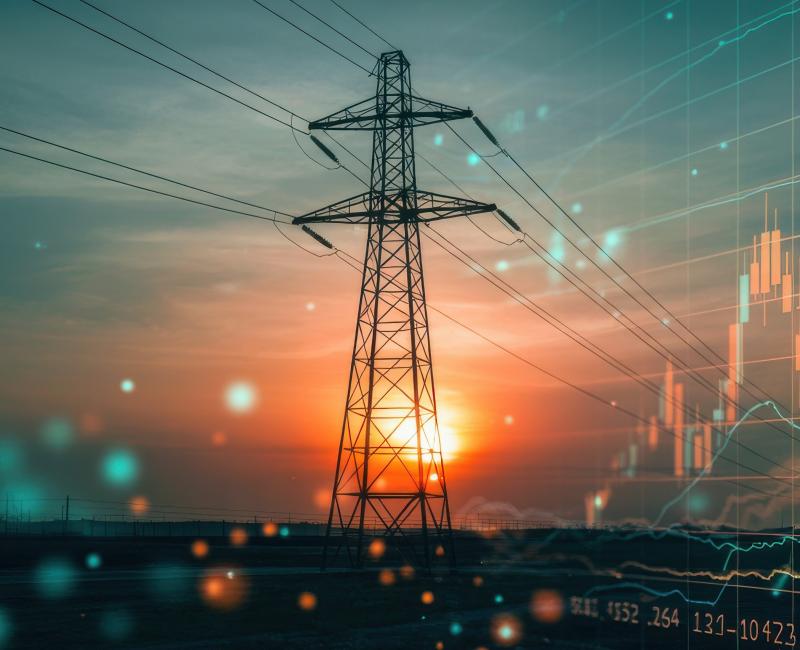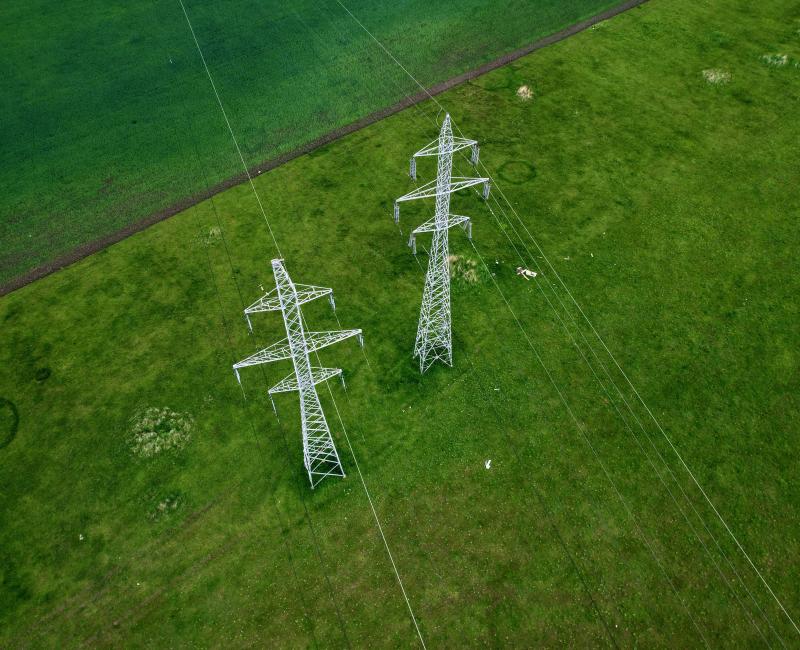of EU interconnection points have seen their flow direction reversed since 2021 to adjust to new market dynamics.
EU electricity market integration
-
Electricity

2025 Monitoring Report
The European electricity market - the largest integrated market in the world - has become a cornerstone of reducing costs and accelerating the clean energy transition. Its coordinated day-ahead and intraday “market coupling” now covers almost all Member States, improving competition and efficient electricity flows across borders.
Markets remain resilient, but volatility persists. Flexibility is now the central challenge. Delays in cross-border projects and weak long-term market signals add to the risks for consumers.
What trends did ACER monitoring find in 2024?
- EU market integration brings much value and helps mitigate high electricity prices.
- Price volatility in 2024 (from price spikes to lows) highlights the need for more flexibility.
- Long-term markets remain illiquid, limiting investment signals.
- Cross-border integration reduces costs, but delays in implementing projects persist.
- Balancing market integration delivered €1.6 billion in 2024, showing strong benefits.
- Forward markets lack depth: trading beyond two years is rare, limiting price signals for investment. Power Purchase Agreements (PPAs) are growing but vary widely in design.
- Day-ahead integration is consolidating and intraday markets are evolving fast, though the full benefits of intraday markets will only be reached once flow-based allocation is in place.
ACER’s recommendations
ACER points to several priorities that are key to resilience:
- Reinforcing flexibility: Accelerated investment is needed in demand response, storage and backup generation to reduce consumer exposure to price spikes.
- Faster delivery of delayed cross-border projects: Ensure timely completion of interconnectors and adoption of flow-based capacity allocation in intraday markets.
- Wider transmission system operators' (TSOs') participation in balancing platforms: Broaden engagement to cut costs, lower price volatility and ensure more efficient system balancing.
- Stronger forward markets: Encourage more active long-term trading and well-designed PPAs and Contracts for Difference (CfDs) to provide reliable price signals and support investments.
- Structural move to flow-based allocation in the intraday timeframe: To ensure efficient capacity use and reduce congestion-related costs.
- Enhanced monitoring and enforcement: Strengthen oversight for TSOs, Member States and market participants to ensure rules are applied consistently and consumers benefit.
Highlights
Report
ACER’s 2025 market integration Monitoring Report:
- analyses progress in EU electricity market integration;
- examines weather-driven electricity price volatility;
- monitors the PPAs market;
- assesses progress on flow-based allocation and cross-border projects; and
- shows how delays in integration projects prevent consumers from benefiting from lower costs.
Power Purchase Agreements Country Sheets
For the first time, ACER publishes its PPAs country sheets to increase the transparency of the Power Purchase Agreements market both at EU and country level. These short 1-pagers for 21 EU Member States plus Norway provide insights into:
- PPAs' uptake and key components;
- guarantees (e.g. state-backed, EIB mechanisms) and platforms; and
- barriers and opportunities.
Infographic
Interested in the main highlights of our report?
Additional information
Check out our electricity market dashboards, with data up to Q3 2025. They show:
- daily, monthly and yearly price and volume data for the day-ahead and intraday markets;
- volumes by country and delivery horizon for the forward and future markets.











